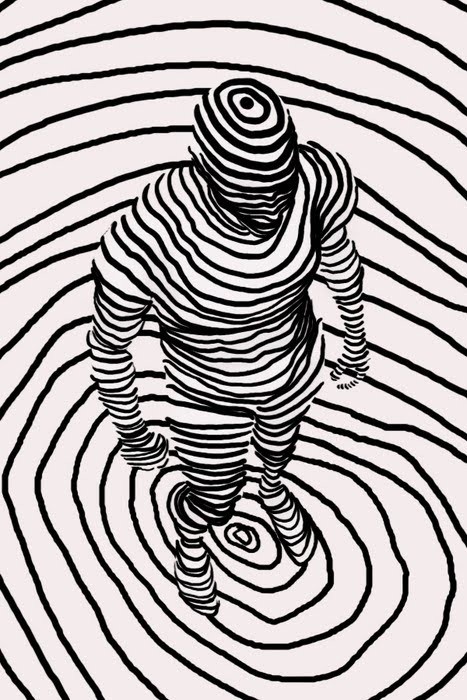http://loveit.com/loves/P0BYYyrs7EmbZIUgD2ME0sF
The essay “Deleuze and the genesis of form” is written by Manuel DeLanda. Based on the Philosophy of Gilles Deleuze. Deleuze contradicts the western philosophy and its take on genesis of form. In the western philosophy, form is conceived by the external forces rather than the internal forces and the properties of the material. The virtue of the material and the self-generation of form are not taken into account. In one of Deleuze’s work – Spinoza – He discovered another possibility where form is not just a product by external forces in matter but an immanent one. He further explains his point by a simple example of soap bubbles. Where the soap bubbles are not created by external forces, rather an endogenous form governs the behavior of the soap molecules resulting in the formation of a spherical shape. Delanda, goes on to discuss the difference between Actual and Virtual through example of embryo-genesis. In embryo-genesis the DNA is the virtual reality because it holds potential and the embryo produced is the actual form which is also influenced by external factors. Difference and Repetition – In the explanation of difference and repetition we learn that the main component of Deleuzian thought comes from the philosophy of Mathematics. Delanda further explains the Philosophy of Delueze and his influences from branches of Physics-Thermodynamics. Deleuze collaborated with Felix Guattari to developed two important theories on Strata and Self-consistent aggregates. Strata emerges from the articulation of homogeneous elements, whereas self-consistent aggregates arise from the composition of heterogeneous elements. The above mentioned concepts are explained through a series of examples. One example being of the river and pebbles. Pebbles come in various sizes and shapes. Geologists sight the river as one of the possibilities for the different sizes of the pebbles and thus acting as a sorting machine. Another question raised by DeLanda is – Is there a virtual Diagram behind the genesis of mesh work. The two processes proposed by Deleuze and Guattari are further explained. First – a set of heterogeneous elements (overlapping of diverse elements) are brought together by external force. The external force is needed for the local connections. For example, if a Species is a homogeneous structure, an ecosystem links different species –plants and creating links by their function and co-dependence on each other. The conclusion raises an interesting discussion about re-conceptualization of history. Deleuze’s work is connected to science(Physics, Mathematics, Thermodynamics) as much as it is with Art. DeLanda believes that when we truly understand the Deleuzian world is when we can begin to understand Art, Music, Novel and question what these are. Deleuze’s work holds a challenge to the postmodernist thinking and along with Art we can reconceptualise our History as well our alternatives for the Furture. In my personal research, I would like to study how the Deleuzian theories can be applied in Architecture. There is a need for a new thinking, taking in consideration the material properties, topological connections and influences and thinking from inside out rather than outside to inside.
